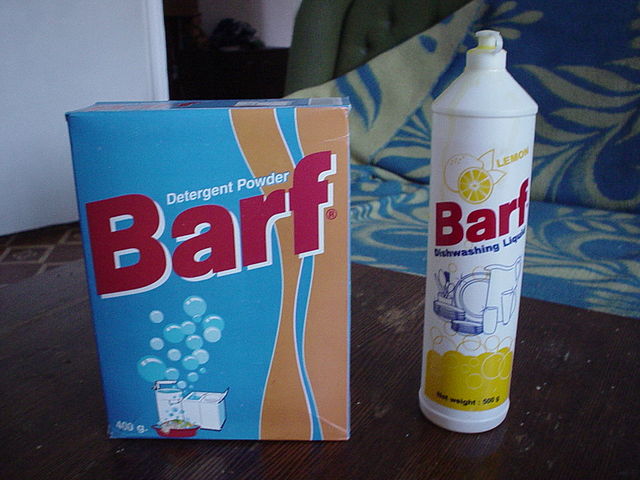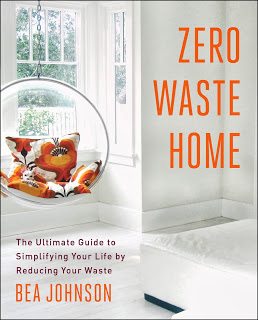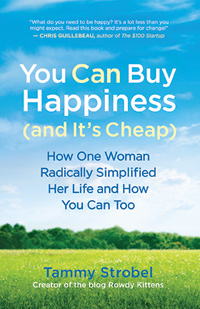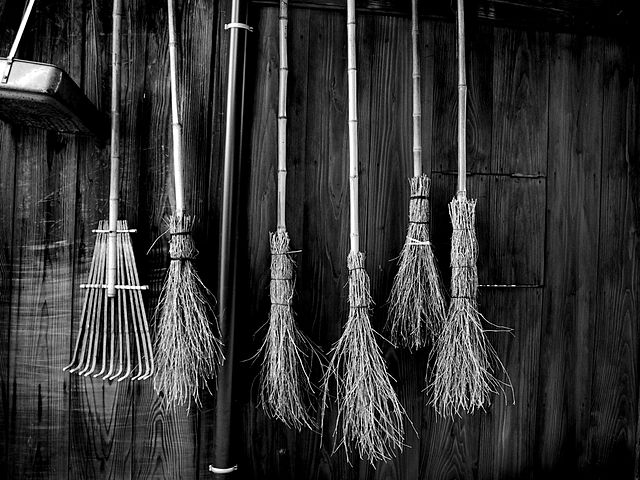 Being frugal isn’t just about how little money you spend on things, it’s also about developing healthy habits or practices that benefit you, and will ultimately help you save even more money, in the long-run.
Being frugal isn’t just about how little money you spend on things, it’s also about developing healthy habits or practices that benefit you, and will ultimately help you save even more money, in the long-run.
As the old saying goes, an ounce of prevention is worth a pound of cure.
As someone with hay fever and other allergies, I don’t use fragrances in my home and I avoid them in my products. But sometimes, I can’t avoid them.
For example, I bought some clothes at the Goodwill recently and they smelled very strongly of laundry detergent. When I got home, I washed the clothes as I usually do. The smell was still there. I washed them again. Smell was still there. Washed it again. And again.
It took washing the clothes 3-4 times for the fragrance of the detergent to finally lessen!
Why did I do this?
Because if I wear a piece of clothing that smells of fragrance, I get headaches.
I wasn’t always like this. I grew up using Tide, Cheer, Irish Spring soap, Tone soap, Flex shampoo, Pert shampoo and other heavily scented detergent and soap products (though I’ve never seen Barf detergent). I thought something wasn’t clean unless it smelled like flowery stuff. But, as I got older and as my seasonal allergies got worse, I started to eliminate fragrances from my home and personal products.
What do you know?
The more I decreased fragrances in my life, the more my allergies decreased.
Research studies on fragrances in products have found that they contain chemicals that are UNLISTED but also some of which are known CARCINOGENS and are HAZARDOUS to your health.
Here are two studies on the hazards of scented products conducted by the University of Washington.
Scented consumer products shown to emit many unlisted chemicals
Scented laundry products emit hazardous chemicals through dryer vents
Also, if you like to wear perfume, cologne or scented lotions, you’ll want to read this article in Scientific American called Scent of Danger.
If you have seasonal allergies, sensitive skin, chronic headaches, asthma and/or other respiratory issues, consider removing all fragrances from your home and personal use. Try this for a month and see if your daily health improves. I’m no scientist, but I bet you will feel much better.
So, don’t just buy the cheapest soap, detergent and/or shampoo to use. Look for products that have no added scents or fragrances. It might cost a little more money now, but your health will benefit for many years to come.
ps. In case you’re wondering, Barf soap and detergent can be purchased in Karaganda, Kazakhstan.

 Follow
Follow


